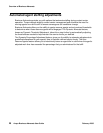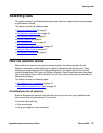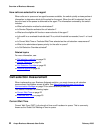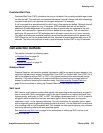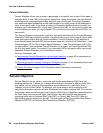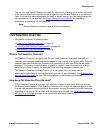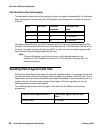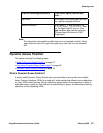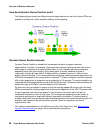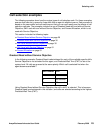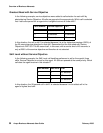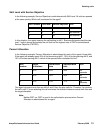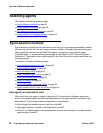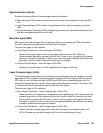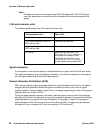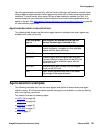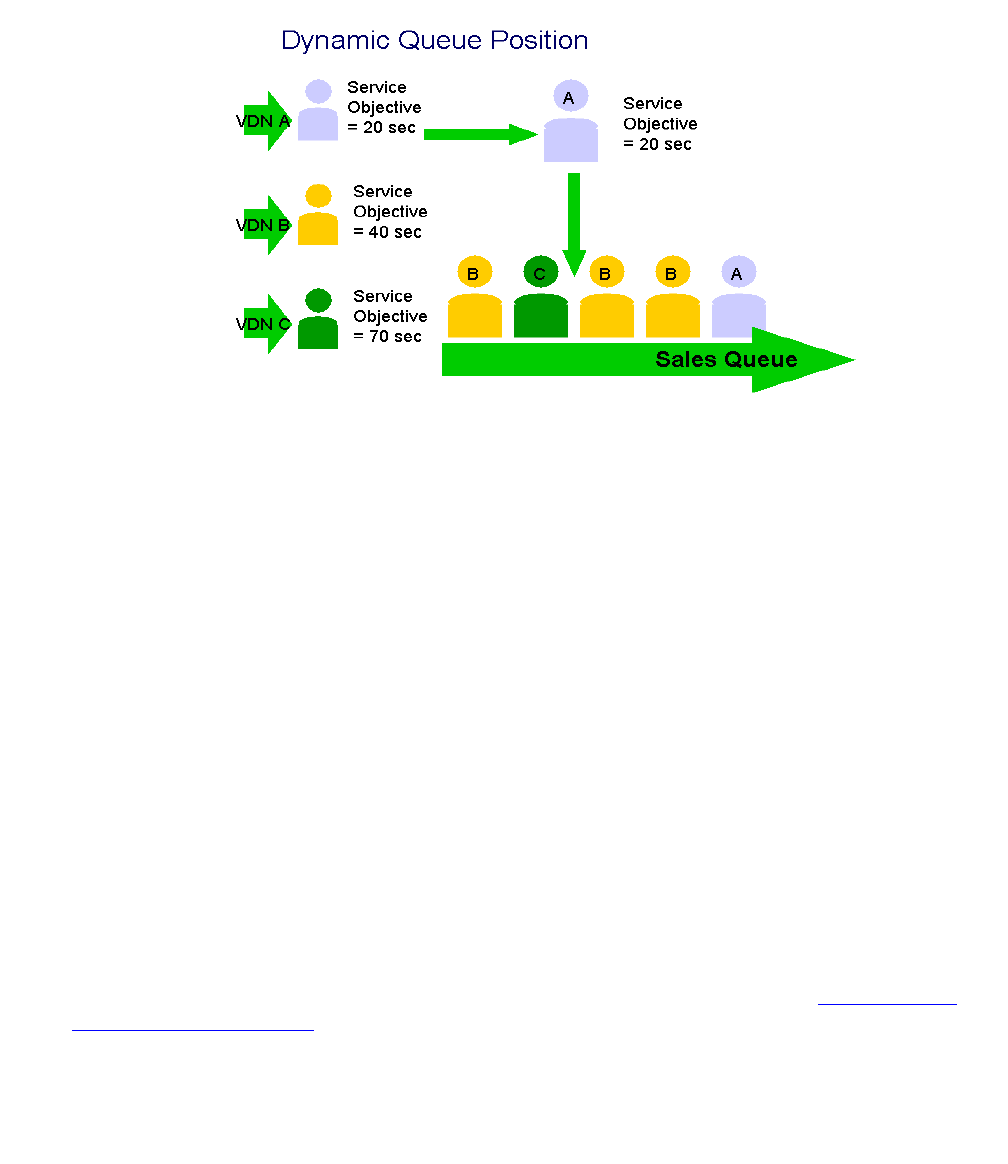
Overview of Business Advocate
28 Avaya Business Advocate User Guide February 2006
How does Dynamic Queue Position work?
The following figure shows how different service objectives can be used for various VDNs and
queued to a single skill, which simplifies staffing and forecasting.
Dynamic Queue Position example
Dynamic Queue Position is valuable for businesses that want to support customer
segmentation. Consider, for example, a business that receives customer service calls from a
wide range of customers and wants to differentiate in how it handles calls from customers
depending upon their service policy. Since each agent is already handling all types of
customers, a single skill can suffice. A differentiation is needed, however, in terms of how
quickly calls are handled. This is accomplished by assigning a different service objective to the
VDNs that correspond to the varying sets of customers. The service objective for the customers
with a high-range policy is assigned a service objective of 10 seconds. The service objective for
customers with mid-range policies are set at 20 and 25 seconds. Customers without a policy are
handled through a VDN with a service objective of 40 seconds.
As calls arrive they are placed in queue so that the average speed with which calls from each
VDN are answered is roughly proportional to the service objectives of the VDN. Customers with
a high-range policy will tend to be placed in front of some of the other calls, but will not
necessarily be placed in front of all of them. This arrangement allows the contact center to
continue to operate with a single skill defined, forecasted, and staffed. This also prevents
problems that result from just queuing calls at different priority levels within the same queue. For
example, calls queued at low priority will be ignored if there is a significant volume of
higher-priority calls.
This feature is administered on the VDN form and the Hunt Group form. See Administering
Dynamic Queue Position on page 100 for administration procedures.



